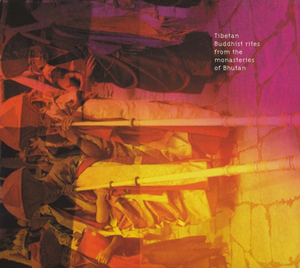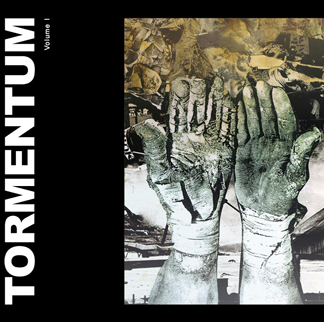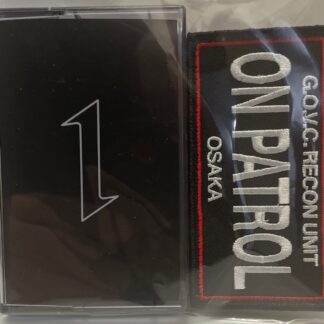Beschreibung
Bhutan shares a similar religious culture to that of Tibet. While the Gelukpa school rose to political power in Tibet (1690-1959), it was the Drukpa Kagyu (or more simply, Drukpa) order – a derivative of the Kagyu order – that took political hold in Bhutan. The religious and musical life of Bhutanese Buddhists is dominated by the traditions of both the Drukpa and Nyingmapa orders.
The re-released recordings do well to present the clarity of Levy’s thoughts, as well as the musical forms akin to both the Nyingmapa and Drukpa. The two CDs are divided into three parts, with the first presenting ritual music of the Drukpa. These songs were recorded in the towns of Thimpu and Punashka, and draw upon dominant religious forms, found throughout Bhutan, as well as folk elements particular to region. The second section presents music from ritual dances from both the Nyingmapa and Drukpa orders. Both monastic and public ceremonies from two separate annual festivals are presented in the third section.
While the music on the two-disc set is presented as Tibetan Buddhist Rites, it is also distinctly Bhutanese. The opening track, a propitiatory rite, serves as an invitation to Genyen: a protector deity specifically associated with an area in Bhutan in the Thimpu Valley. „Chham gi Serkyem gi Yang (Tune for Offering of Consecrated Drink)“ also calls attention to the particulars of Bhutanese Buddhism: calling attention to specific protector deities of Bhutan and Serkyem, a Bhutanese take on beer.
The recordings also serve to present a majority of the various instruments used in both monastic and non-monastic song. The music of the shawm, a double-reeded long horn, the silayen (cymbals), dramnyen (seven-string long-necked guitar) and zurlim (flute) share space on these albums. Yet, the most spectacular musical element on this CD comes from the individual voices and polytonal throat chanting of monks. The most compelling piece, in praise of the Nyingmapa scholar Padmasambhava (Guru Rinpoche), is performed by a manip, or wandering ascetic.
Levy did a remarkable job here of allowing the music to be played and presented in its natural state, not as the subject for recording, but as an extension of the performance of everyday life.
review: dusted









